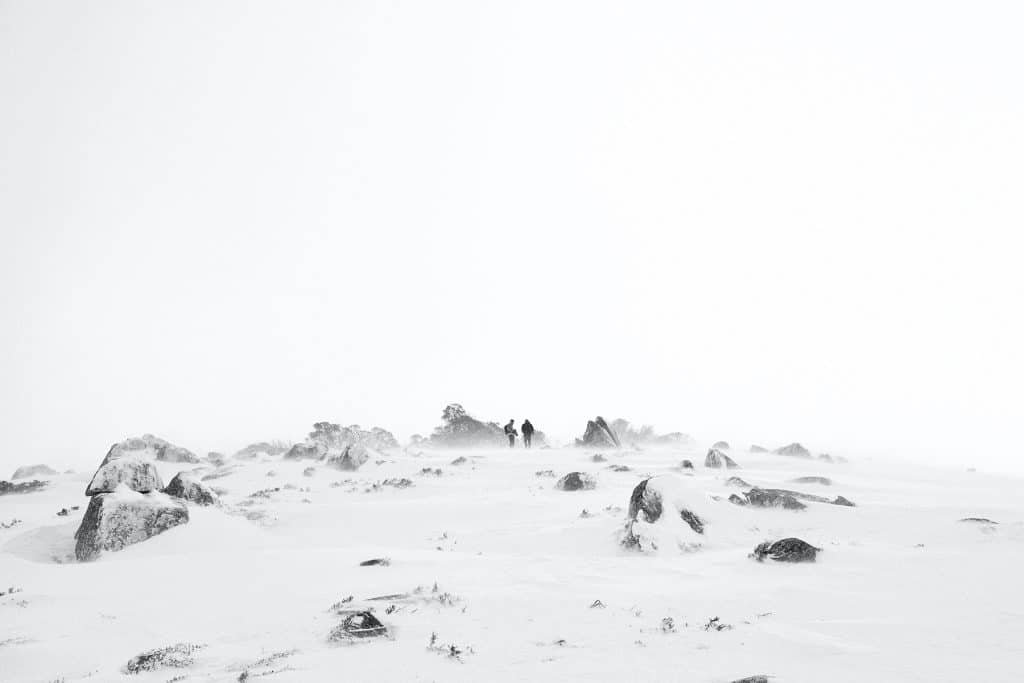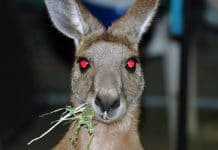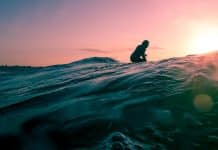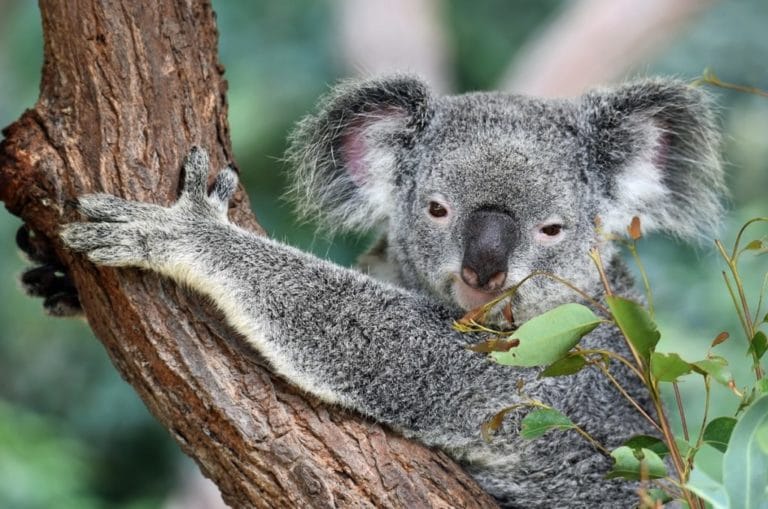
Australia is an amazing country, full of variety and incredible history. We’ve collected some real golden nuggets of information for you! With the oldest civilisation in the history of mankind, dating back 75,000 years, and indigenous flora and fauna that has developed somewhat set apart from the rest of the world, this immense country/continent is full of interesting things to discover. In this article we have collected 20 of the most unusual facts about Australia.
N°1 – The distance between Sydney and Perth is longer than the one between Paris and Moscow
It might be hard to believe, but there are 3,200km between Sydney and Perth whereas from Paris to Moscow, it’s 2,800km. So yes, you’re going to cover a lot of kilometres in Australia – this country is 14 times the size of France, and about 32 times the size of the UK!
N°2 – 80% of Australian species are unique to Australia
Yes, indeed! Approximately 80% of the plant, mammal, reptile, and frog species found in Australia cannot be found anywhere else in the world. This high proportion of endemic species is due to Australia’s geographical isolation for millions of years, allowing its flora and fauna to develop uniquely.
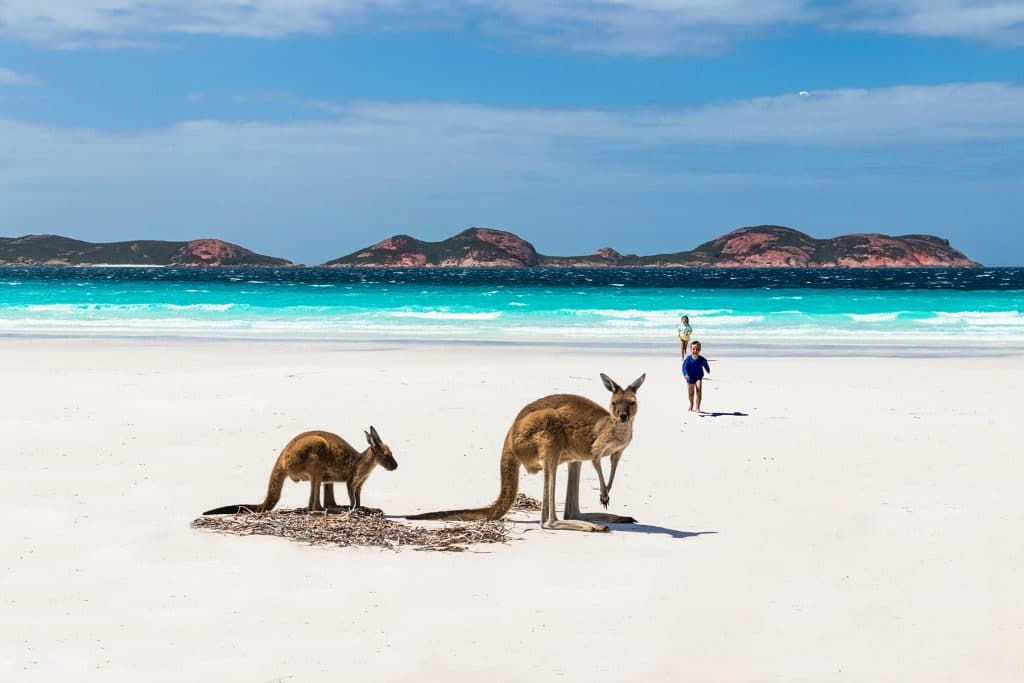
N°3 – Over 85% of Australians live within 50km of the coast.
Cities in Australia have naturally developed in places with a more favourable climate. The coasts are more exposed to the wind and are more temperate and fertile than many areas inland. The majority of the Australian population is, therefore, concentrated in the country’s major cities Sydney, Melbourne, Brisbane and Perth, all of which are along the coastline.
N°4 – In 1880, Melbourne was the richest city in the world
Thanks to the gold and wool trade. The wool market moved from England to Australia at that time, given that there was infinitely more space to exploit.
And for the record, the city of Melbourne has been ranked the most liveable city in the world seven years running.
N°5 – Tasmania has the purest air in the world
Several studies have shown that the air in Tasmania, particularly on the west coast, is extremely clean. This is due to its isolated geographical position, far from sources of industrial and urban pollution. The winds that blow over Tasmania come from the Southern Ocean, which is one of the least polluted regions on the planet.
N°6 – Australia was the second country to give women the vote
Women got the vote in Australia in 1902. New Zealand was the first country to introduce the right to vote for women in 1893. As a comparison, the UK did not grant women the right to vote until 1928.
N°7 – One of Australia’s former prime ministers holds a world record
And his record is drinking 2.5 pints of beer in 11 seconds! It’s not a joke. This record earned him a place in the Guinness World Records while he was a student at the University of Oxford in the UK. It was in 1954. Recently, just 6 years ago, he launched Hawke’s Brewing Co. His beer has since become one of the most popular in the country and is sold in stores. He has often been highlighted for his love of beer. This serious and iconic man named Bob Hawke was the Prime Minister of Australia in 1955.
N°8 – The oldest fossil found in Australia was 3.5 billion years old
Rocks containing traces of organic life were found in Western Australia in 1979. This discovery also advanced NASA’s research into fossil rocks on Mars.
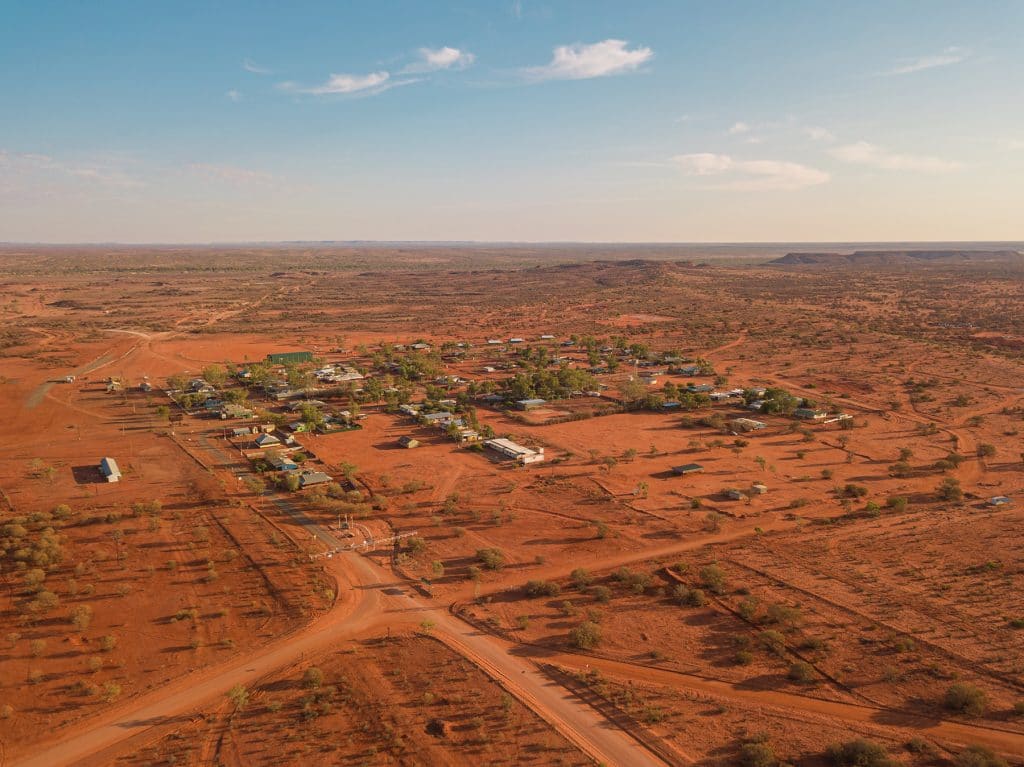
N°9 – In Australia, the population density is 35 times lower than in the UK
In the UK, the population density is 276.4 inhabitants per square kilometre. In Australia, it is 3.3 inhabitants per square kilometre.
This means that the population density in the UK is more than 35 times higher than in Australia. This is partly because Australia is a much larger country with a much smaller population. Australia has an area of about 7.7 million square kilometres, while the UK has an area of about 243,610 square kilometres. In 2023, the population is just over 26 million.
N°10 – Australia has the longest fence in the world
The Dingo Fence is a 5,614-kilometre-long fence that was built in Australia to prevent dingoes, a species of wild dog, from entering agricultural areas. The fence is also known as the Dog Fence, as it also protects livestock from wild dog attacks.
Construction of the Dingo Fence began in 1880 and was completed in 1885. It runs from the south-east of South Australia to western Queensland, crossing several Australian states. The fence is made of barbed wire and is approximately 1.8 metres high.
N°11 – Australia’s first police force was created by ex-prisoners
Ironic, isn’t it? In 1789, the Sydney Night’s Watch, created by Governor Philip, was made up of the most deserving prisoners. It was the Marines of the Royal Navy who initially took on this role, but their numbers were insufficient. When an economic crisis hit the country and residents felt unsafe, particularly due to the rising crime rate, a sustainable solution had to be found. Convicts (the most deserving ones) were chosen to become police officers. Twelve of them were assigned to different sectors.
N°12 – Saudi Arabia buys camels from Australia
Saudi Arabia can no longer import its camels from the Horn of Africa because of diseases as these camels are for food. Instead, these ones are found in the wild in the Australian bush.
N°13 – 30% of Australian residents were not born in the country
Australia is one of the most multicultural countries in the world, with a significant proportion of its population born overseas. According to data from the Australian Bureau of Statistics, about 30% of Australia’s residents were born in another country.
This diversity is due to a long history of immigration, with successive waves of migrants from various countries and regions around the world. Australia’s immigration policies have attracted people from many different backgrounds, contributing to a society rich in diverse cultures, languages, and traditions.
N°14 – Kangaroos and emus can’t walk backwards
This is one of the reasons why these animals were chosen as the emblem of Australia. A progressive country!
N°15 – If you wanted to see a new beach every day in Australia, it would take 27 years to see them all
Australia has no less than 12,000 beaches on its 60,000 km of coastline!
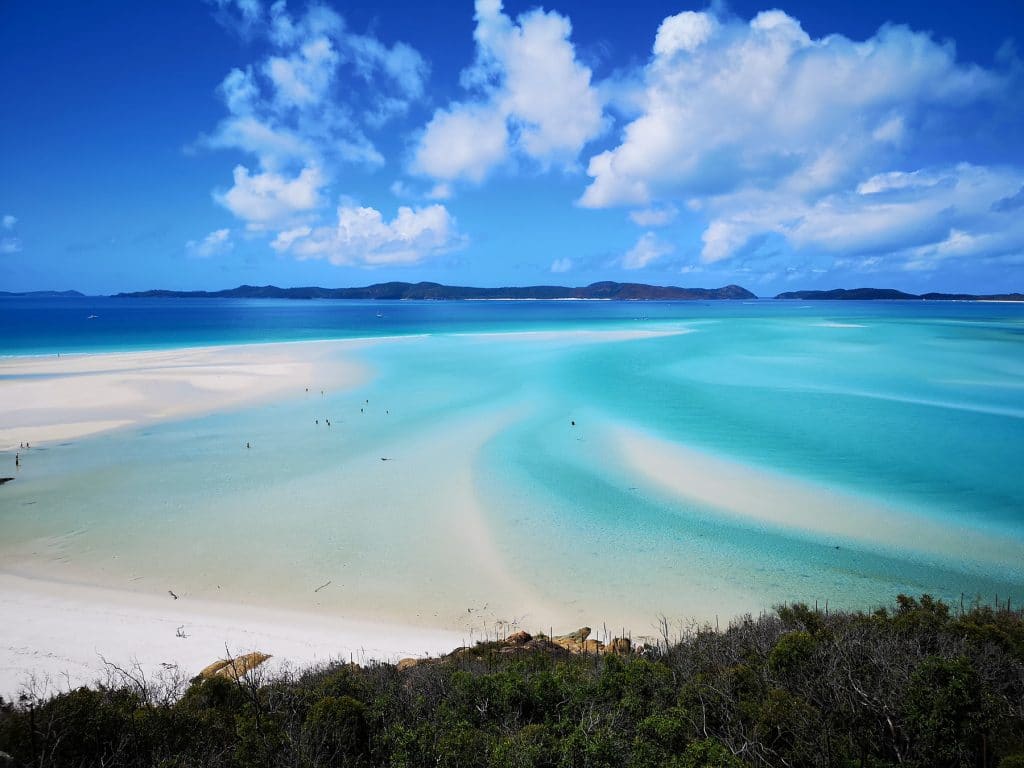
N°16 – The Great Barrier Reef is the largest living structure on the planet
Located on the east coast of Australia, off the coast of Queensland, it is also the largest coral reef system in the world! Listed as a UNESCO World Heritage site, it covers an area of nearly 345,000 km², making it visible from space! Incredible, right? It possesses many impressive characteristics. However, climate change and pollution have taken a toll on this natural wonder, as the Great Barrier Reef has lost nearly half of its coral surface due to coral bleaching over the past 30 years.
N°17 – The male Platypus has enough venom to kill a small dog
It’s unlikely to happen but it’s good to know! Here is our article dedicated to the platypus, a creature straight out of a science fiction novel.
N°18 – There are almost twice as many kangaroos as inhabitants in Australia
There are nearly 40 million kangaroos in Australia, for about 26 million inhabitants! The population of kangaroos, this iconic animal, continues to increase over the years. This species has even become a pest today due to their large numbers! This invasion has become problematic, and the government has even authorized kangaroo hunting to regulate their population, which says a lot! Their large numbers also pose a problem for the country’s biodiversity.
N°19 – 21 of the 25 most venomous snake species are found in Australia
It’s true that Australia is known for harboring a large number of venomous snakes, including some of the most venomous in the world. In fact, 21 of the 25 most venomous snake species are found in Australia. Here are a few examples of these snakes:
- Inland Taipan: Considered the most venomous snake in the world.
- Eastern Brown Snake: Highly venomous and responsible for many bites in Australia.
- Coastal Taipan: Another extremely venomous snake.
- Tiger Snake: Known for its potent venom.
- Death Adder: Potentially deadly venom.
Despite this diversity of venomous snakes, fatal incidents are relatively rare due to the rapid availability of medical care and the effectiveness of antivenoms. Snakes play an important role in the Australian ecosystem by regulating prey populations and contributing to the natural balance
N°20 – More snow falls in the Australian Alps than in Switzerland.
This little-known area covers 1.6 million hectares. Divided into 11 national parks, it is spread over the states of Victoria, New South Wales and Australian Capital Territory. Australia’s mountains are quite high, but it’s not about the height! The reason is that they are much closer to the sea than those in Switzerland. This geographical situation brings more precipitation and therefore more snow!
